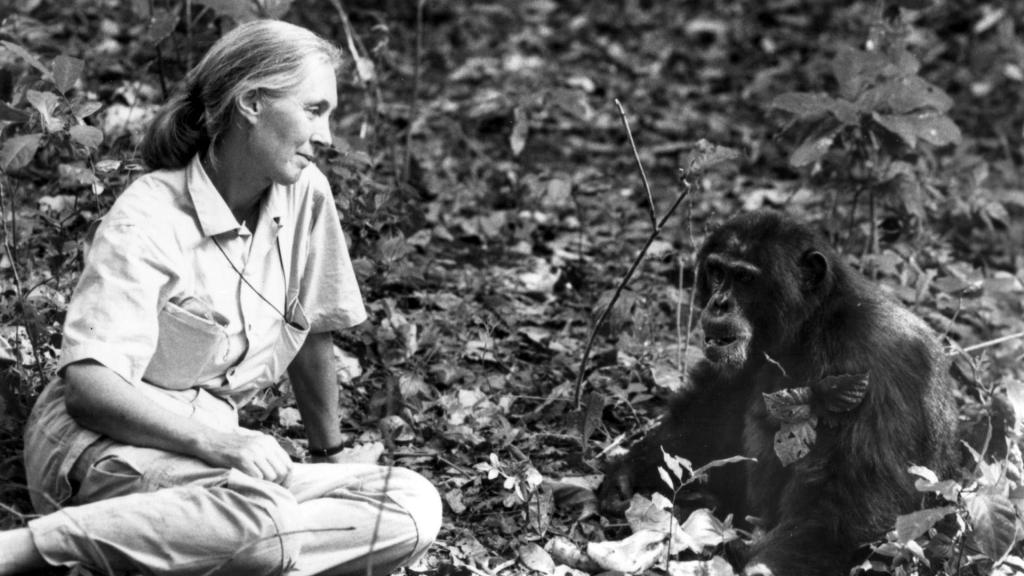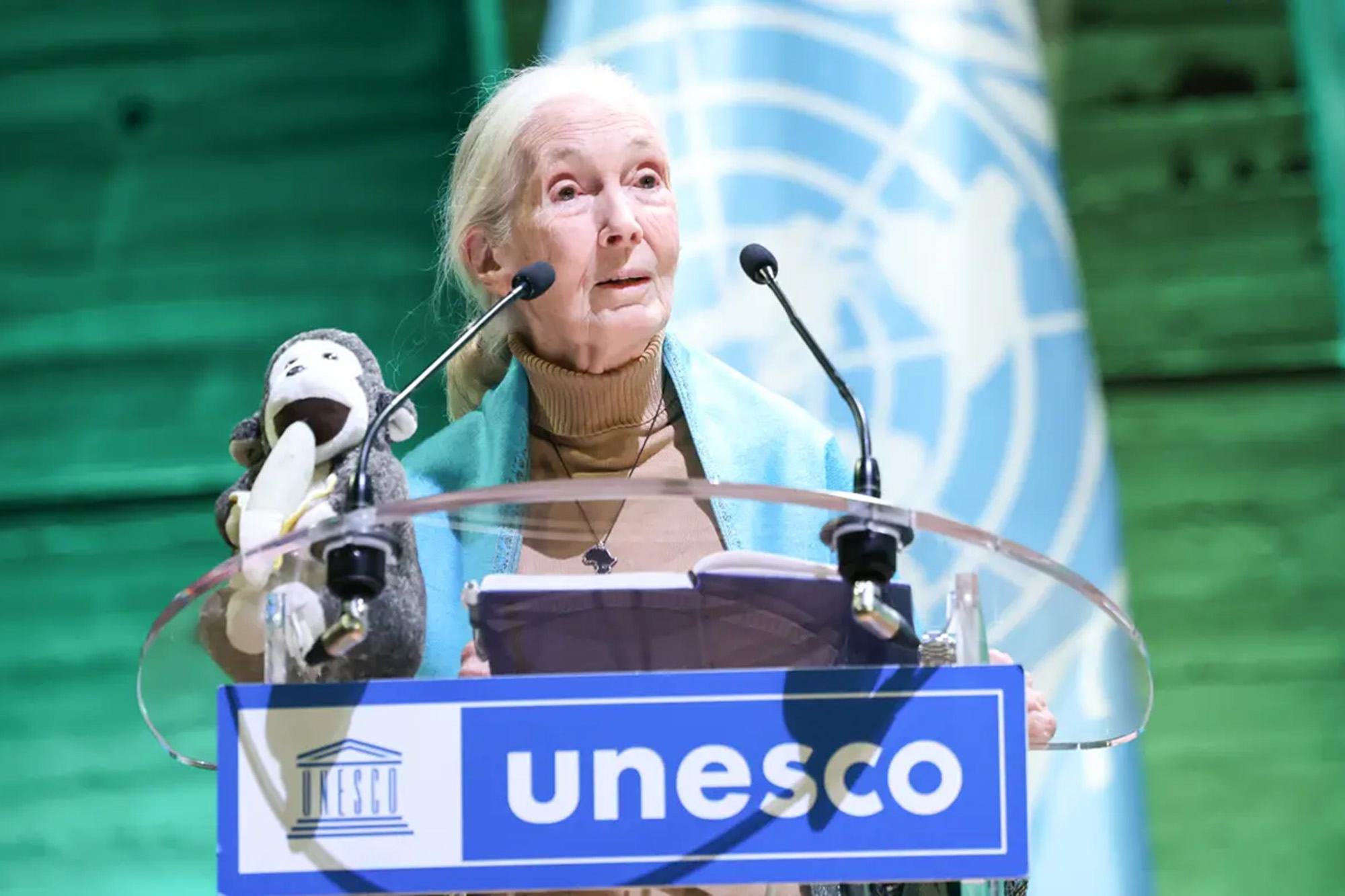In tribute to Jane Goodall, a beacon of hope in the face of planetary crisis

Jane Goodall was one of three great primatologists who transformed our view of animals.
Photo: Hugo van Lawick
In 1962, Jane Goodall arrived in Cambridge and presented her findings to the most renowned ethologists of her time, all men, stating that chimpanzees had personalities and emotions, and she was met with anything but condescending smiles. She had, however, gained for one year the trust and observed the chimpanzees of Gombe National Park in Tanzania, which was part of Africa’s large strip of equatorial rainforest.
Today, ethology is one of the disciplines with the smallest gender gap, and science recognizes that animals are not mindless automatons. However, Gombe is now just a green island surrounded by barren land, and experimentation on chimpanzees was only banned in 2015. How can we maintain hope that things will improve in this world? Jane Goodall, after studying primates and fighting to end their trafficking, recognized that her mission was to travel the world giving hundreds of lectures a year to spread the reasons that gave her hope.
How can we respond to this overwhelming and paralyzing anxiety? How can we change the world when individual actions are overshadowed by corporate and governmental power? Psychologists have observed that the best antidote is action, to collectivize individual action and have an effective impact, and to achieve consistency in thinking and acting, as György Lukács posits: “the conscience and sense of responsibility of the individual are confronted with the postulate that he must act as if destiny depended on his action or inaction.”
The main driver of this collective action is hope, which allows us to persevere in the face of adversity and generates optimism to believe in positive outcomes. For Goodall, hope was not something passive to wait for (“I believe it will turn out well”), but rather a focus of determination oriented toward action (“I believe I can,” “I’m going to try”), and that hopeful thinking motivates us to set goals, chart courses, and achieve agency to influence what matters to us. That incremental mindset is essential to calling for action and saying “I haven’t done this, yet.”

Jane Goodall giving a lecture in 2024 accompanied by her stuffed monkey.
Foto: UNESCO
There are four elements that filled Goodall with hope for the future. The first is the incredible human intelligence that allows us to find solutions, which do not necessarily have to be technological, but can be oriented towards different ways of living and thriving. Another factor is the resilience of nature, as life’s ability to adapt and its tenacity are astonishing, given that life has survived all mass extinctions and biodiversity has recovered every single time. There is also the determination and energy of young people, who do not sit idly by to see what happens but organize collectively to say “Together we can, together we will” through activism. The principles of young people are also crystallized with the renewal of positions of power and a shift in mentality from prosperity dependent on oil to abundance based on services and care. Finally, Jane Goodall called on us to have hope in the indomitable human spirit, that spirit of struggle and perseverance, because societies are never defeated without first trying, and we will do everything possible to try to resolve the situation.
It is worth fighting for the beauty and wonder of Gaia, and people like Jane Goodall have been and will continue to be a beacon of hope to guide us as we collectively build new realities that are more just and harmonious.
Article published originally in Spanish in the Izcalli Times




